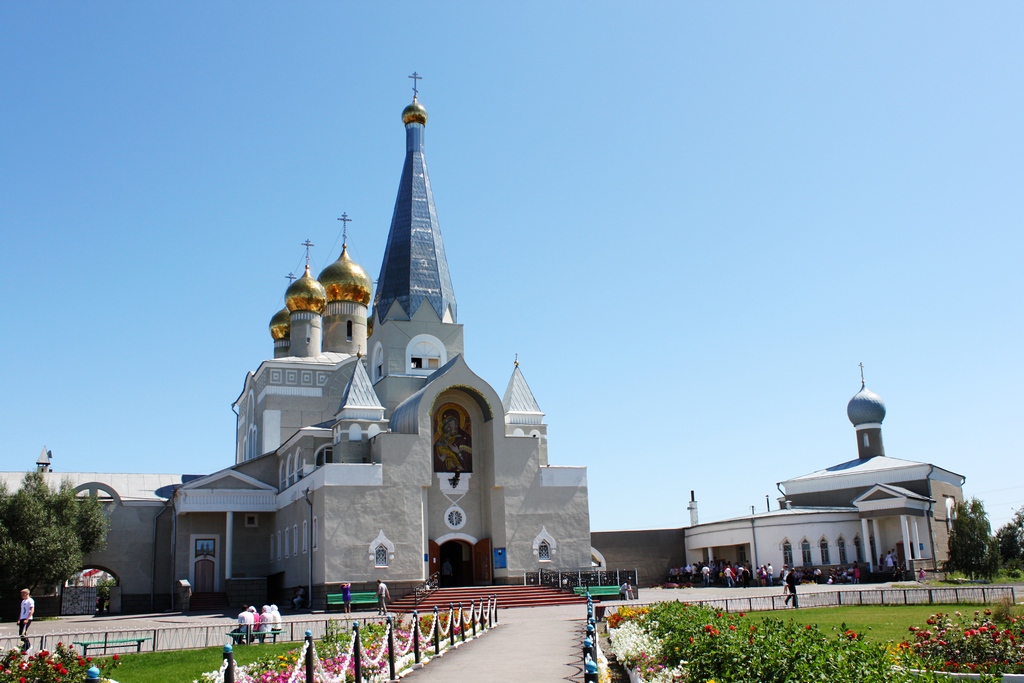
Karaganda is a proud mining town located in the middle of the Kazakh steppe. Although it is a young settlement - it only gained its city status in 1934 - it can look back on a rich and sometimes tragic past. Once upon a time, one of the largest camps of the Gulag was located in its vicinity, and this also determined the development of the city. Many of the buildings in Karaganda's oldest quarter, somewhat misleadingly referred to as New Town, were built by prisoners of war brought here after the Second World War, while the city's medical university became one of the highest standards in the country thanks to the doctors exiled here during the Stalinist repressions.

But Karaganda was the city for a long time where Soviet astronauts returning from outer space were welcomed, and one of the city's most prestigious hotels, the Cosmonaut, was built for this purpose. A large-scale monument was erected in honour of the conquerors of the cosmos on the 50th anniversary of Yuri Gagarin's journey.
Of course, Karaganda is primarily famous for its coal mining, and with the factory town Temirtau to the north of it, it is an important industrial centre of Kazakhstan, and it was previously for the entire Soviet Union. Moreover, the city is also an important cultural centre, home to several universities, Russian- and Kazakh-language theatres, museums, concert halls and a stone circus. The culture of the city is coloured by the many nationalities living in it - twenty-two national organizations working in Karaganda. Although some of them - such as Koreans, Germans or Chechens - did not come to Kazakhstan of their own free will, the Kazakh nationalism policy supports the preservation of the cultural identity of minorities and emphasizes the help and mutual support provided by the Kazakh people to those in trouble instead of differences.

The city is also home to many different religious communities. At the beginning of the 2010s, the city's new, large-scale mosque and a Roman Catholic cathedral were built almost one after the other and not far from each other.
Karaganda is, therefore, a real Eurasian city where different peoples, architectural styles, and gastronomy mix with each other. It is no coincidence that a statue symbolizing Eurasia was even erected on one of the city's main streets.
The author was able to conduct research in Karaganda within the framework of the exchange program between the Foundation for Research on Central and Eastern European History and Society and Karagandy Buketov University.